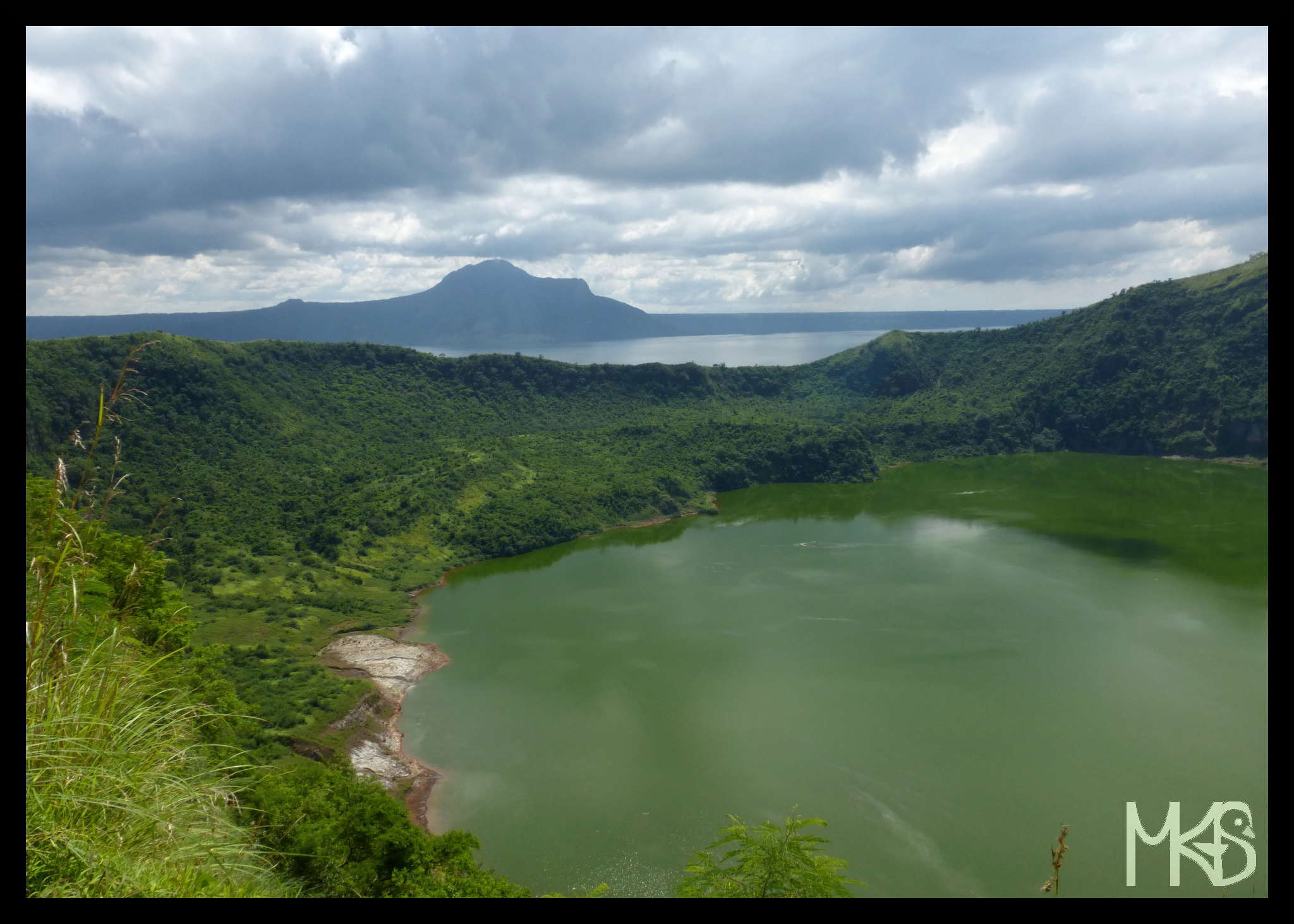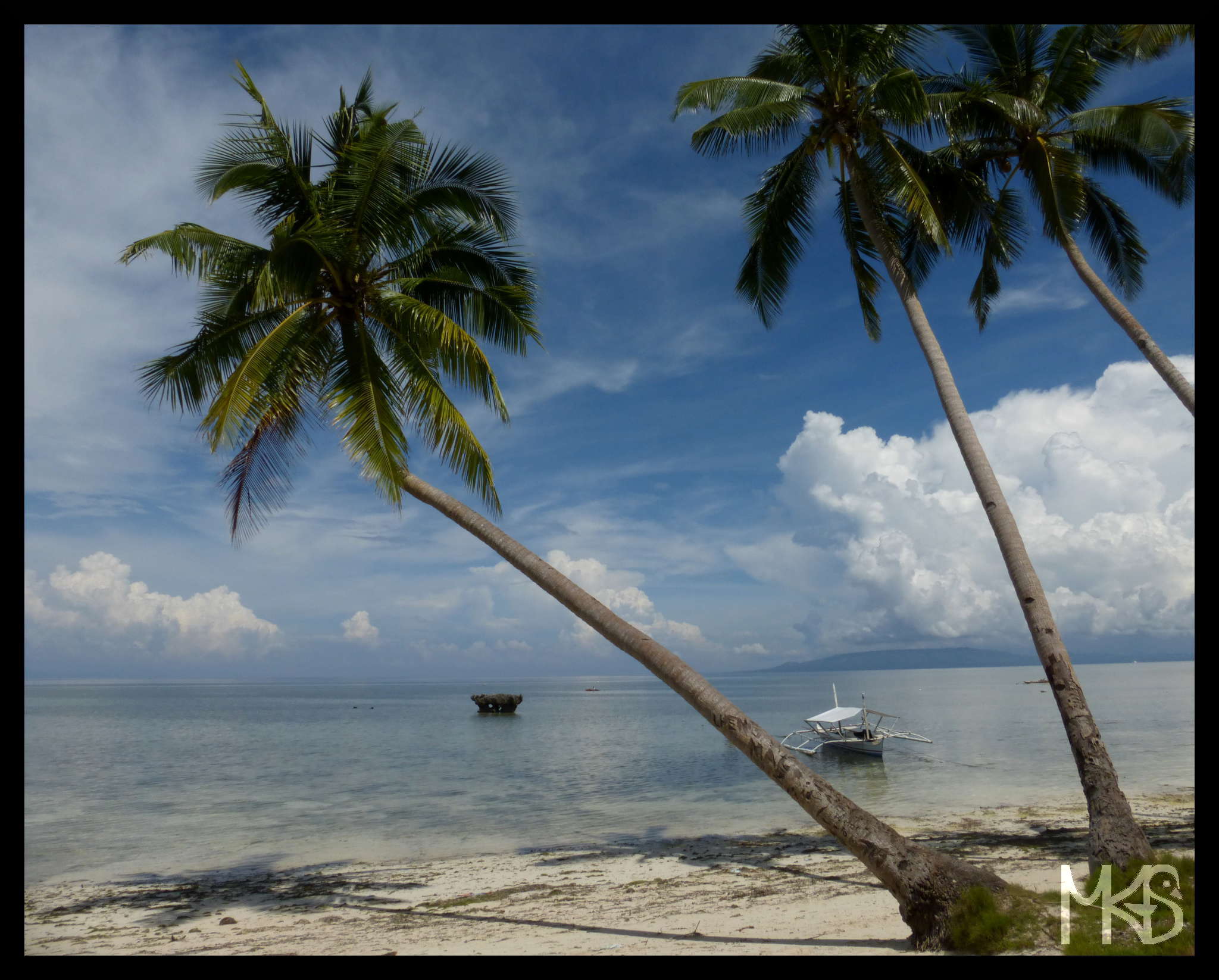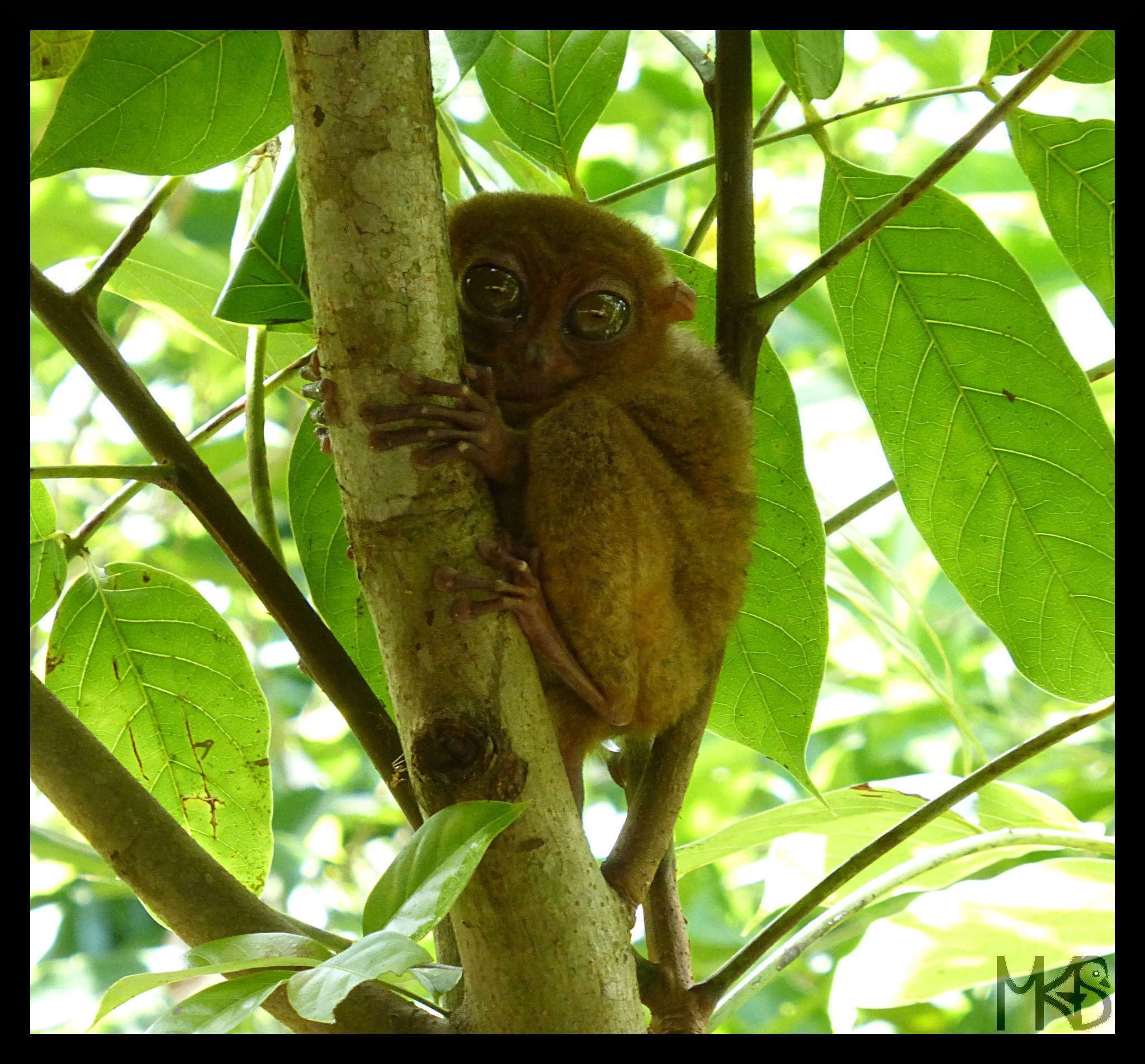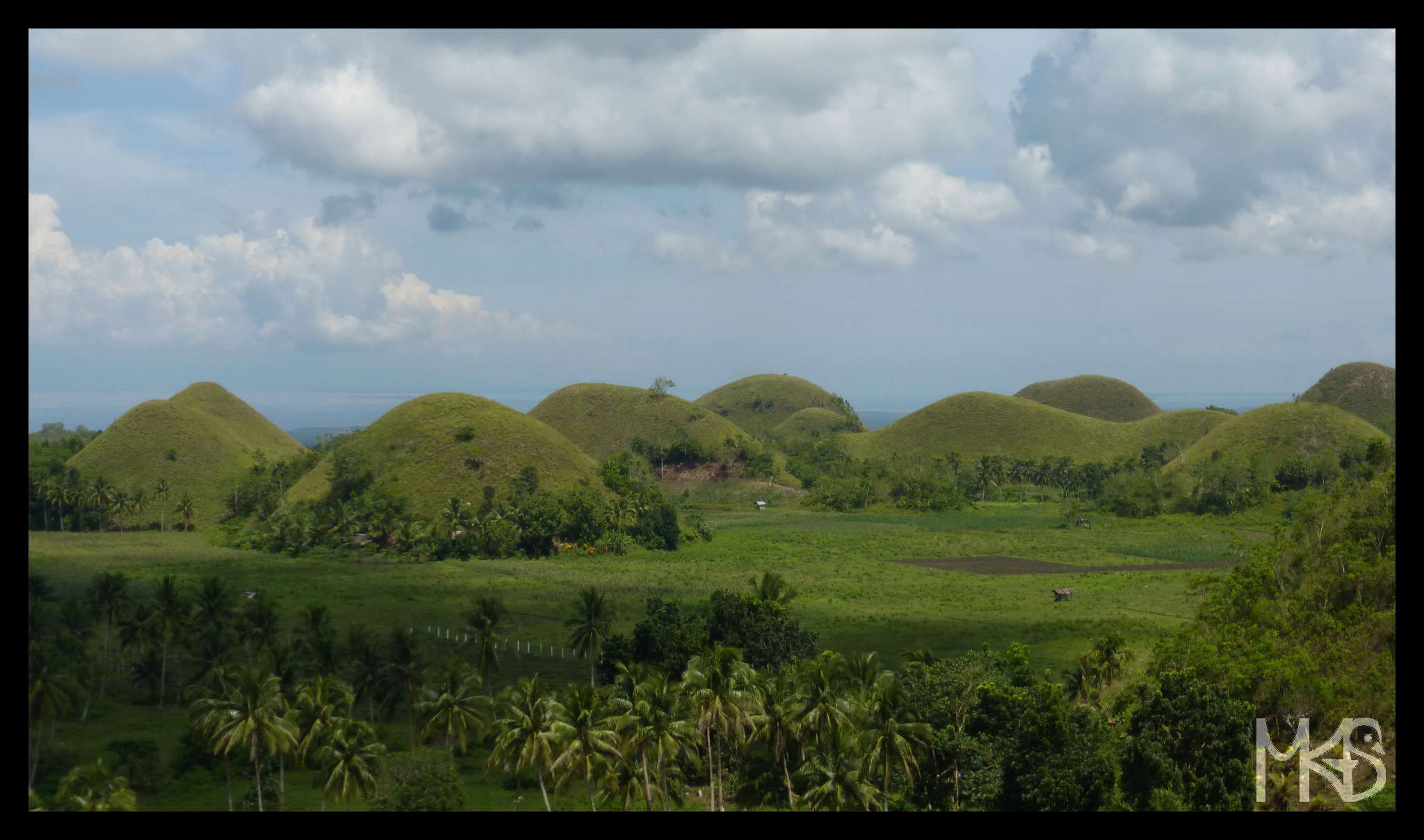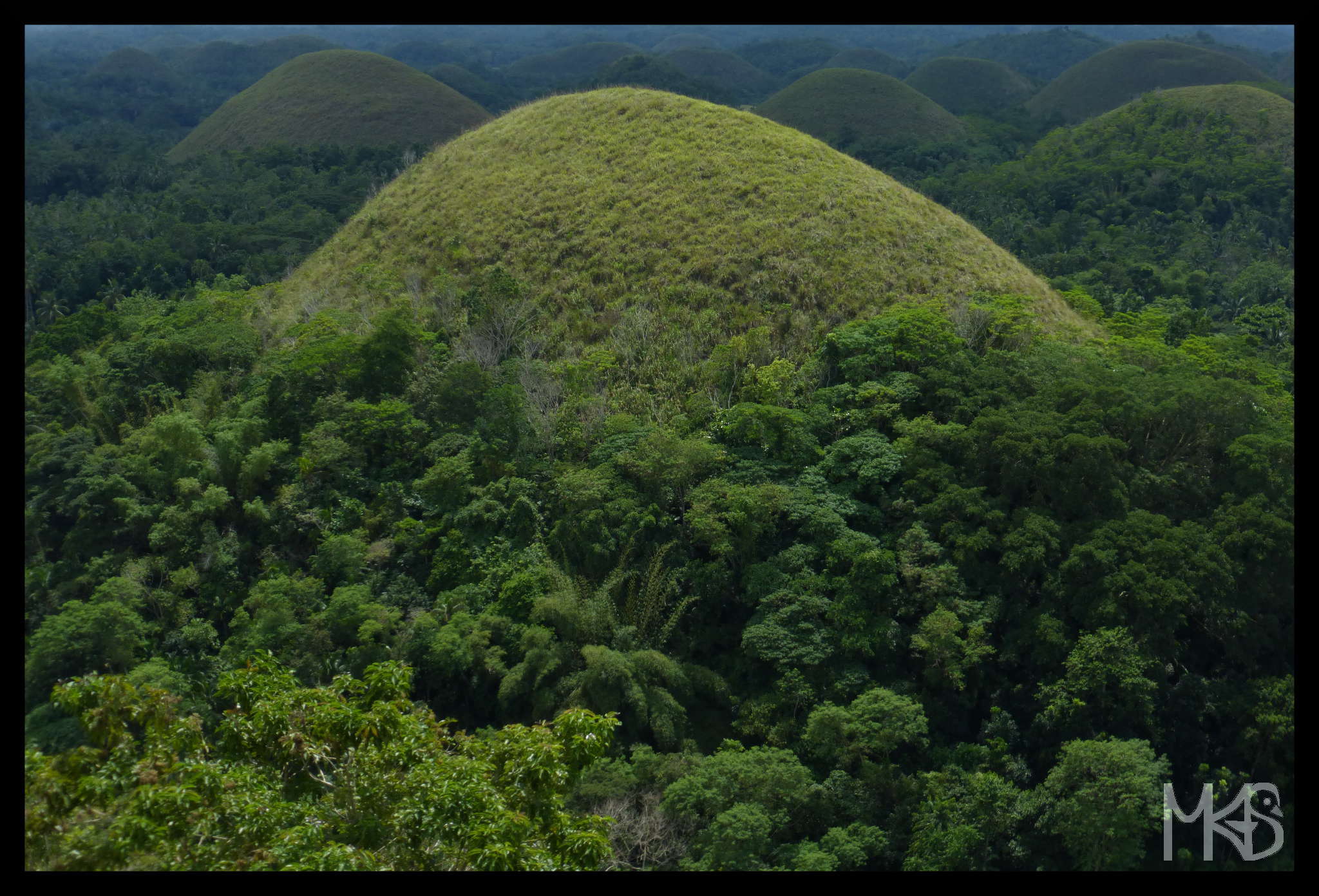
What comes to your mind when you think about Spain?
Tapas, sangria or wine, flamenco, football, corrida or maybe famous Spanish actors, singers or football players? Well, there is much more! What would be your first choice?
Author: Traveling Rockhopper
Spain – Introduction
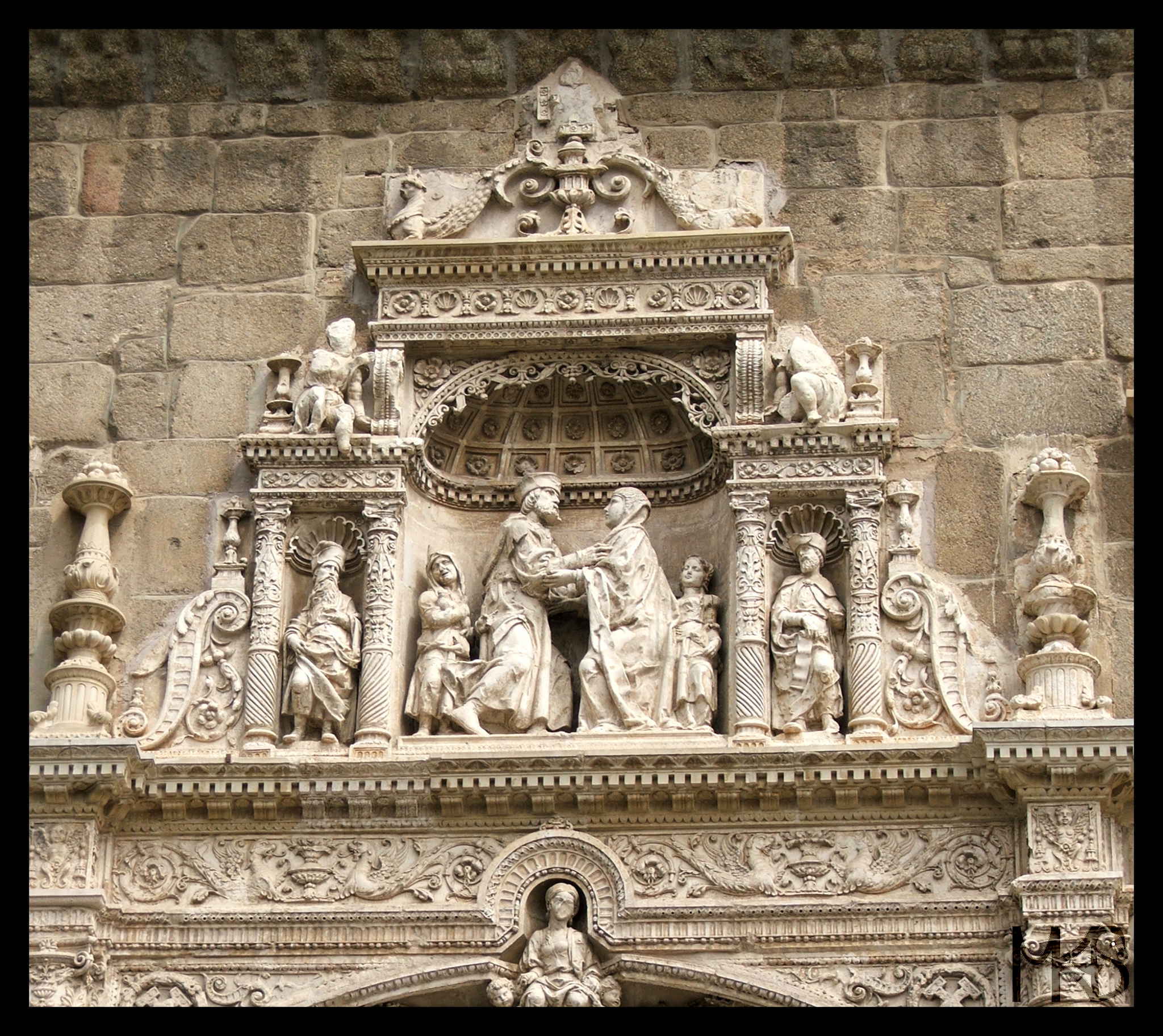
Welcome in December!
This month on my blog is going to be about Spain.
It’s a large country and actually very diverse!
I’ll show you some of the places I’ve visited (not always the main tourist attractions).
Hopefully, you’ll like my choices. 🙂
p.s. This time, I’ll not show you any of Spanish islands.
Philippines – Final impression
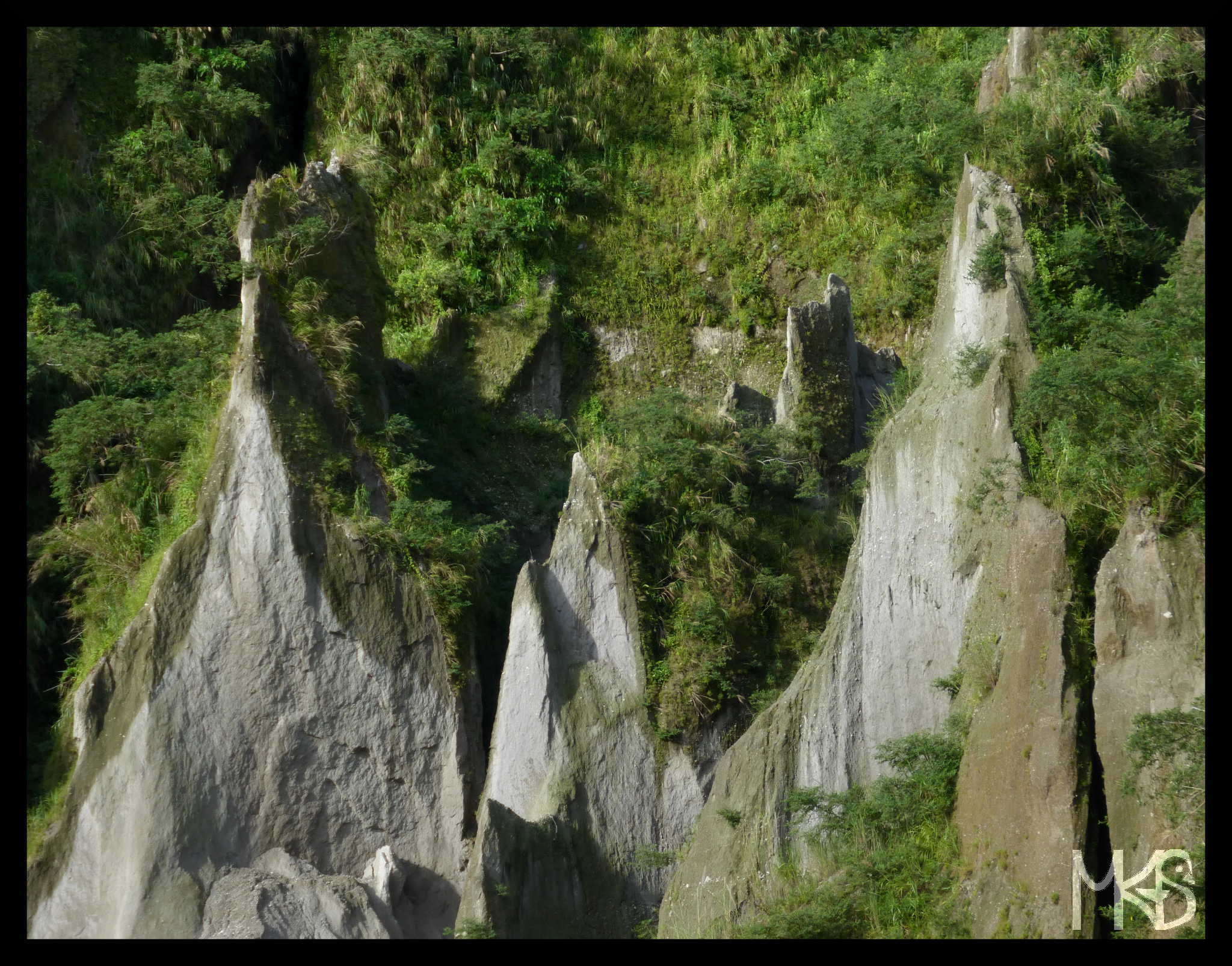
Today, I’m showing you the last picture from the Philippines.
How did you like my travel impressions in November?
The Philippines are beautiful and diverse island country.
You’ll find there many lovely places.
I fell in love with Bohol Island with its Chocolate Hills (and it’s not only because of the “sweet” name 😉 ). So if you go to the Philippines, visit Bohol!
Have you been to the Philippines? What’s your favorite place there?
Philippines – Visiting Taal Volcano

To get to the rim of Taal Volcano, you can hike or take a horse. When I saw small horses on the island, I didn’t feel like riding them; I decided to hike and it was a good choice. The hike is not difficult, just be aware of heat (take enough water) and a characteristic smell (it’s an active volcano).
Before starting a hike, you’ll have to cross the lake using this interesting canoe (see picture).
Lot’s of fun. 😉
Philippines – Taal Volcano
Philippines – Hiking to Mt. Pinatubo
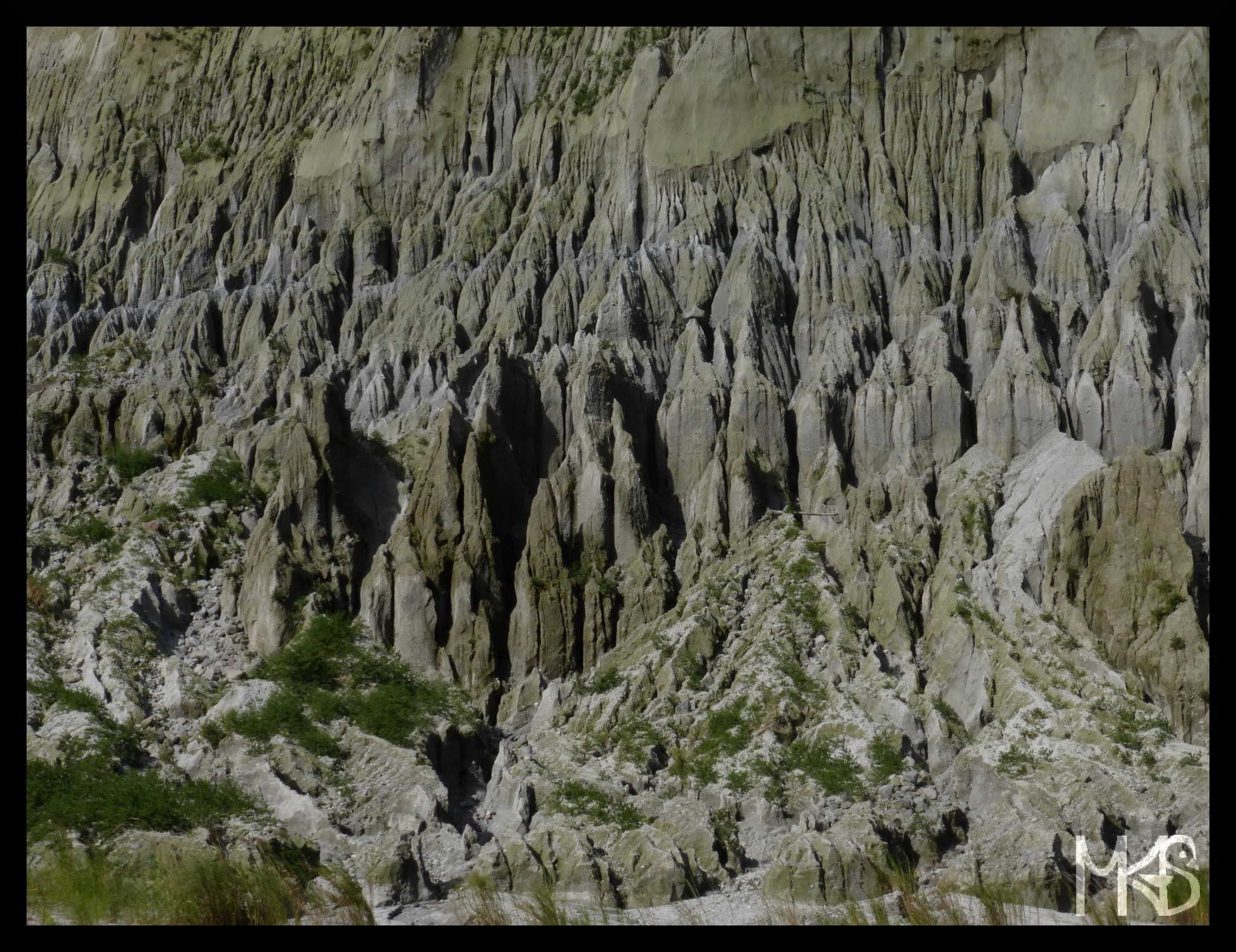
Mount Pinatubo is still an active volcano and it’s intensively monitored, so the site seems to be safe for trekking.
Mount Pinatubo is located about 90 km from Manila, so it’s a great option for a day trip.
The terrain is beautiful and caldera lake is also very scenic.
The hike is not difficult, but may be a bit demanding at the end.
For me, it was only a bit annoying, that we had to cross water (seasonal rivers and lakes) several times on the way; but that depends on the season, how rainy it was.
Anyway, I can highly recommend this hike. 🙂
Philippines – Eruptions of Mt. Pinatubo
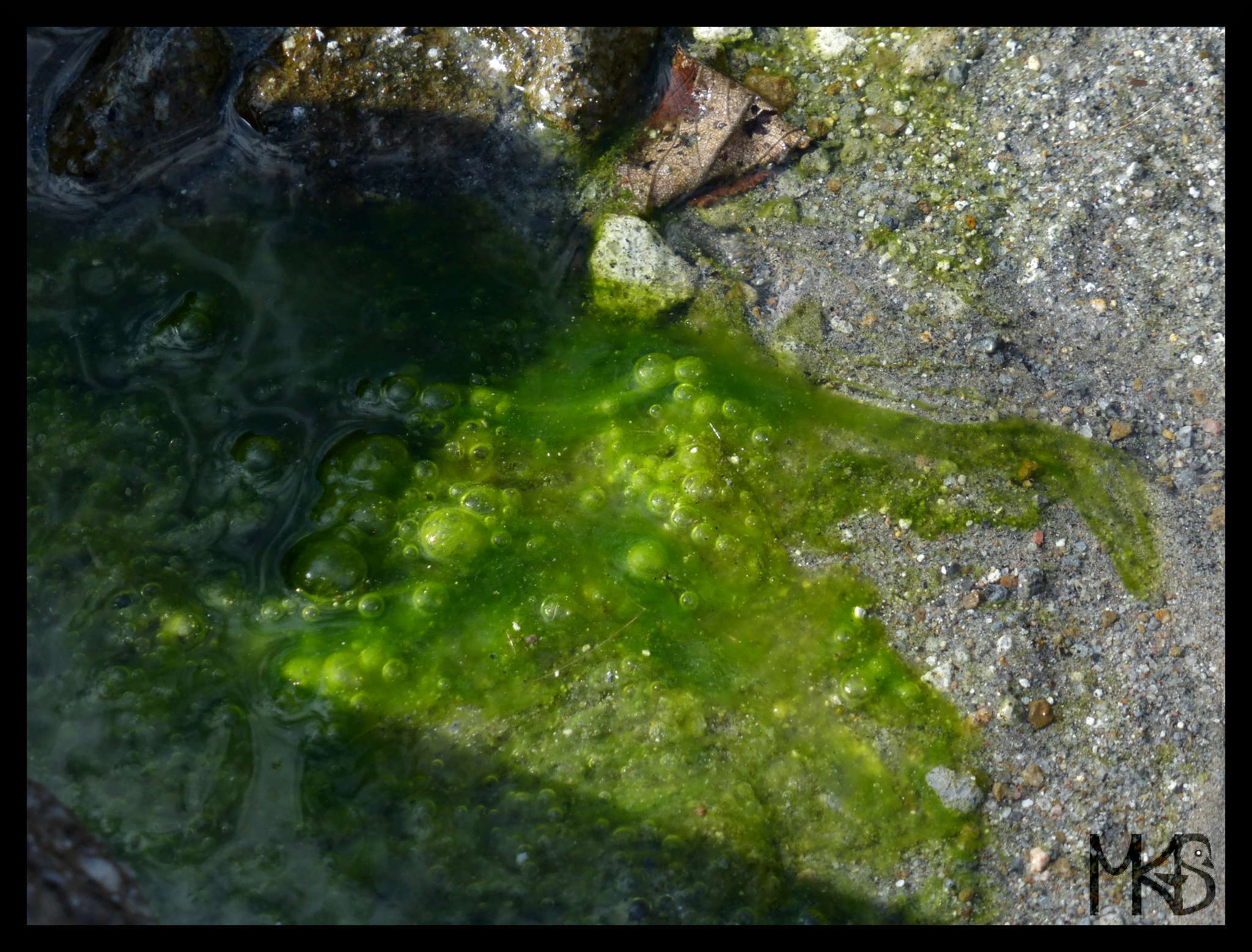
Mt. Pinatubo erupted a few times in 1991, and then in 1992.
During its large eruptions, the volcano spewed out more than 5 cubic km of magma and sent an ash cloud 35 km into the air! (more info e.g., here & here )
Moreover, that time, there was also a typhoon that “helped” to spread ash (and “everything”) to towns surrounding the volcano. 🙁
It was a huge natural catastrophe.
Philippines – Mount Pinatubo
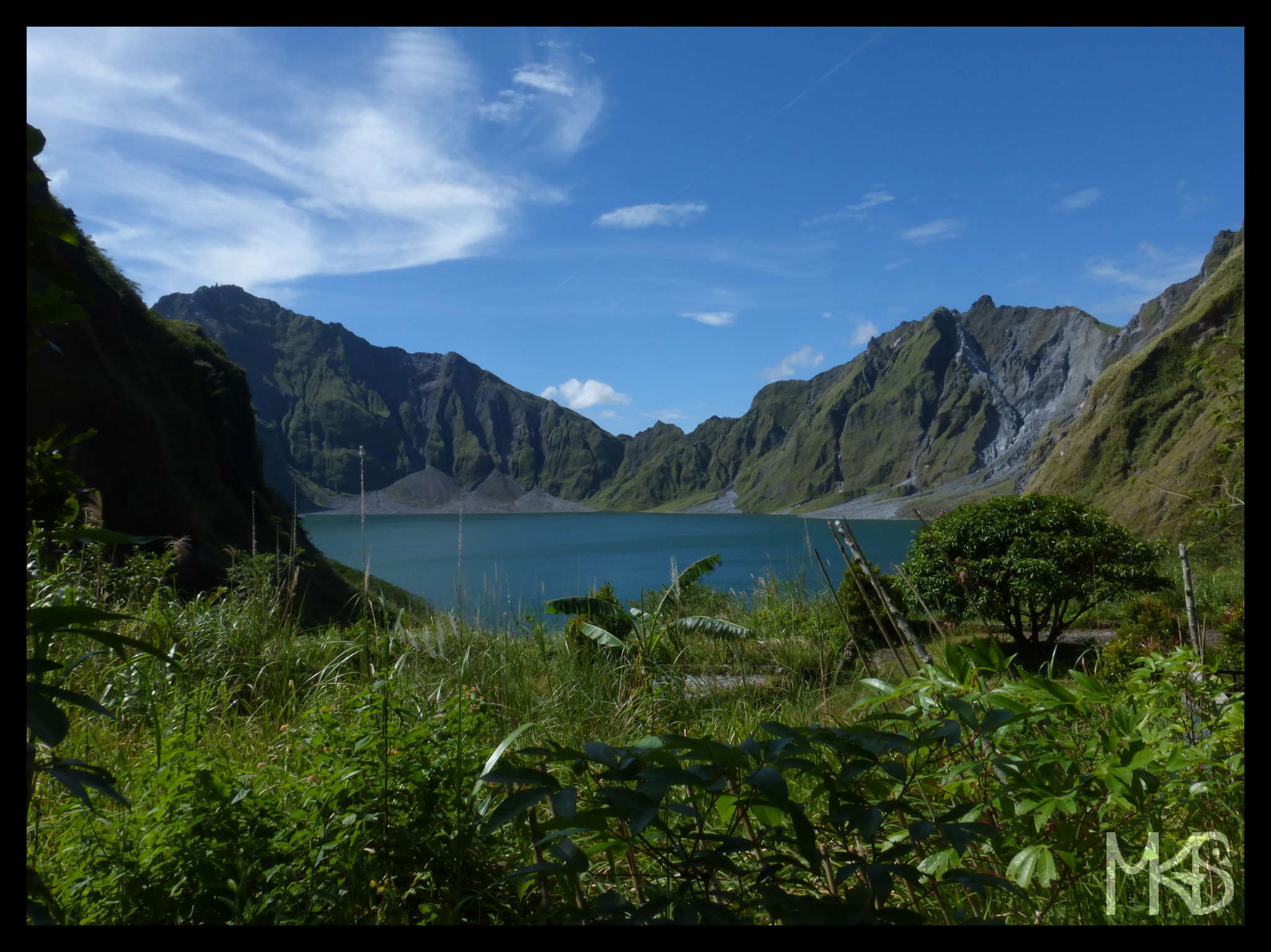
Mount Pinatubo is a volcano located in the northern Philippines, Luzon Island, about 90 km from Manila.
There were huge eruptions in 1991. Before 1991, Mount Pinatubo was apparently dormant for about 600 years. And, before the eruption it was 1745 m high, currently 1486 m.
After this horrible eruption, a lake was formed in the crater. So in today’s picture, you can see the caldera lake of Mt Pinatubo (about 2.5 km wide, 85 m deep).
Philippines – Water Sports
Philippines – Tarsier
Philippines – Bohol & Earthquakes
Philippines – Mint Chocolate Hills (Bohol)
Philippines – Chocolate Hills (Bohol)
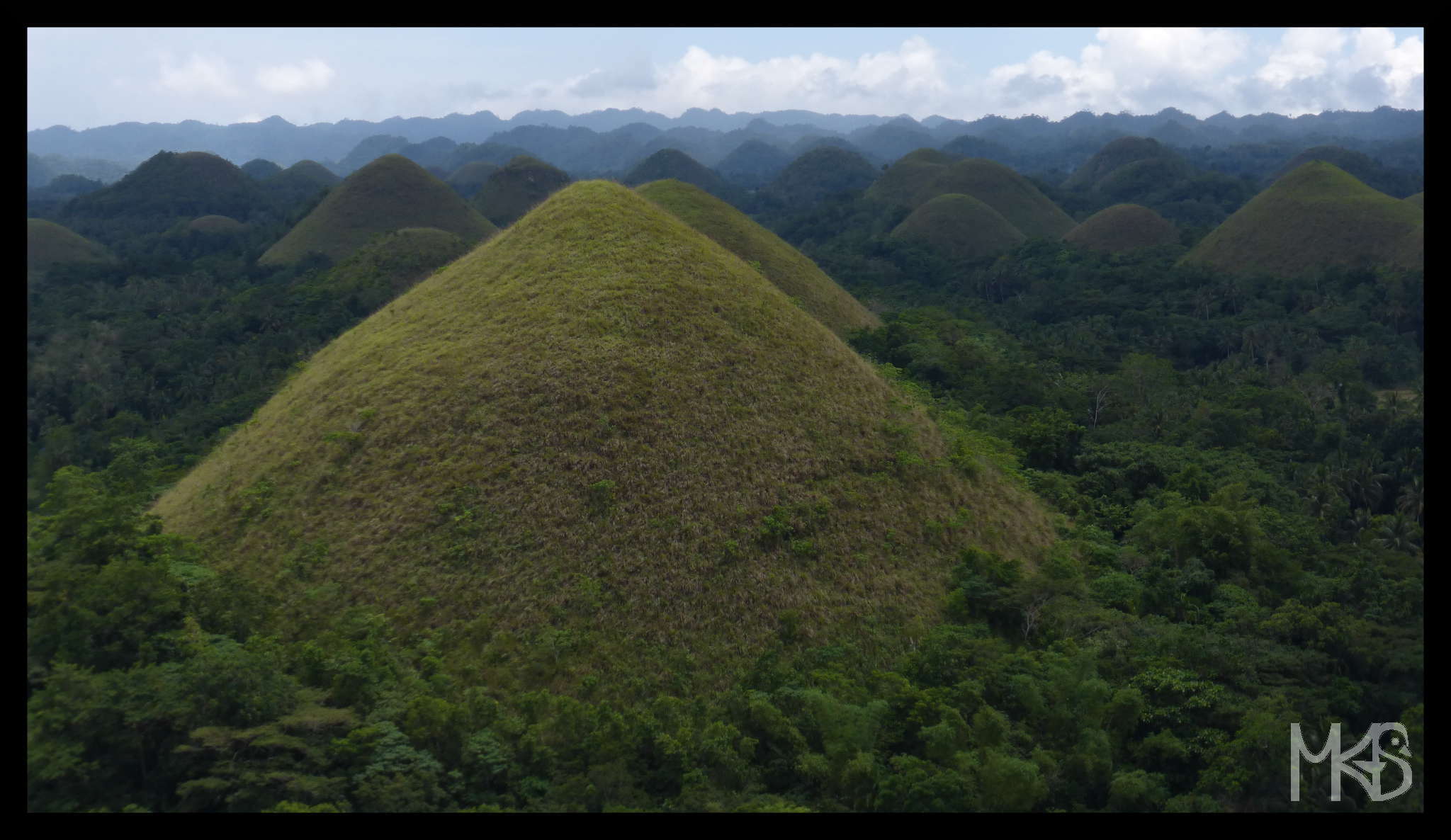
The beautiful hills you see in today’s picture have a sweet name “Chocolate Hills”.
Unfortunately, they aren’t made of chocolate. 😉
They’re covered by grass that turns brown in dry season, that’s why people called them as Chocolate Hills.
There are almost 1300 hills in Bohol! Their height ranges from 40 to 120 meters.
Philippines – Bohol Island
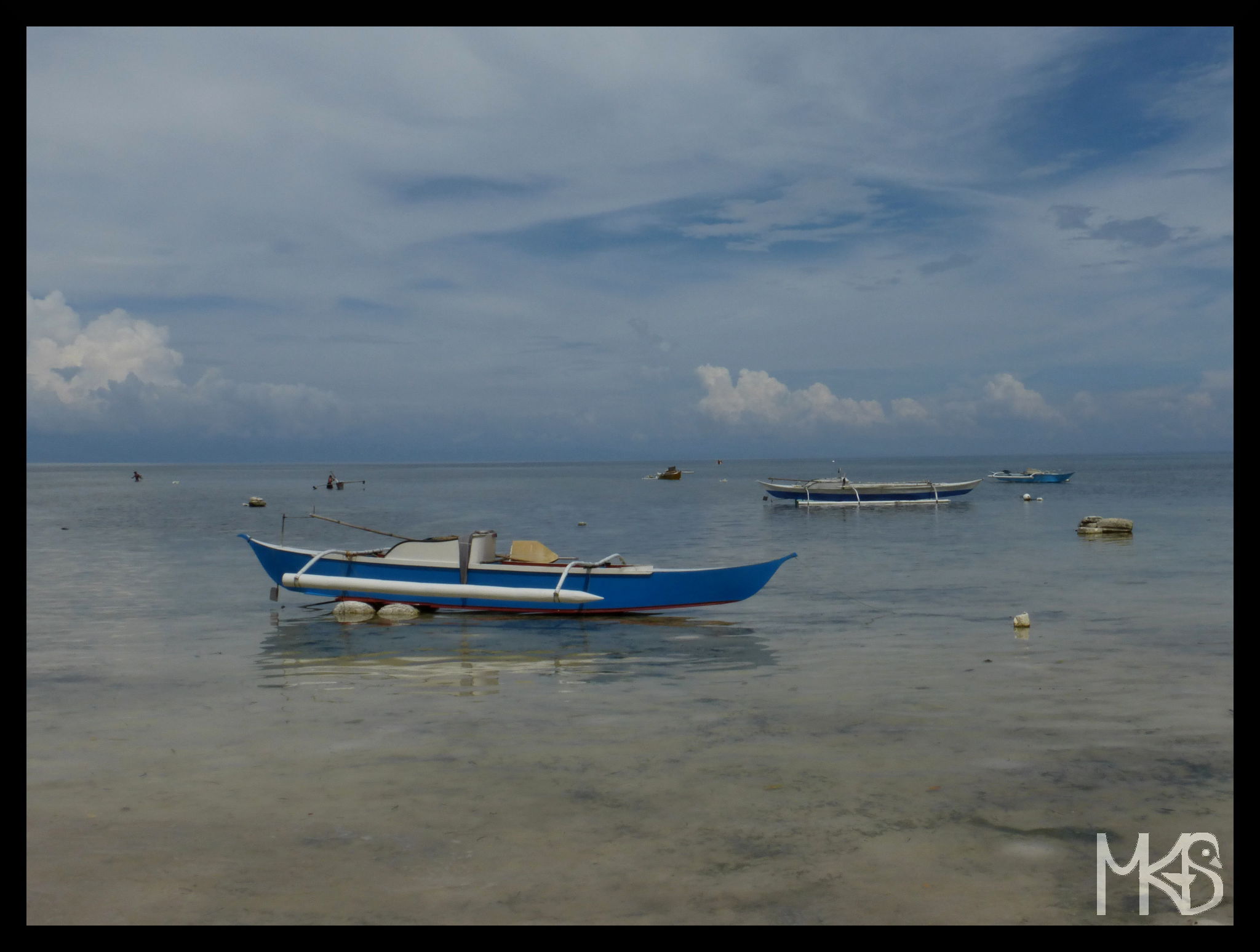
Bohol is a beautiful island.
Well, the Philippines have plenty of amazing islands, but Bohol is my favorite.
Bohol has a bit of everything, great nature, i.e, lovely beaches, hills (Chocolate Hills!), animals (tarsier).
Don’t miss it, while visiting the Philippines.
I think, Bohol is mostly known from Chocolate Hills; next days, I’ll tell you more about them. 🙂
Philippines – The Best of
Philippines – Dynamite
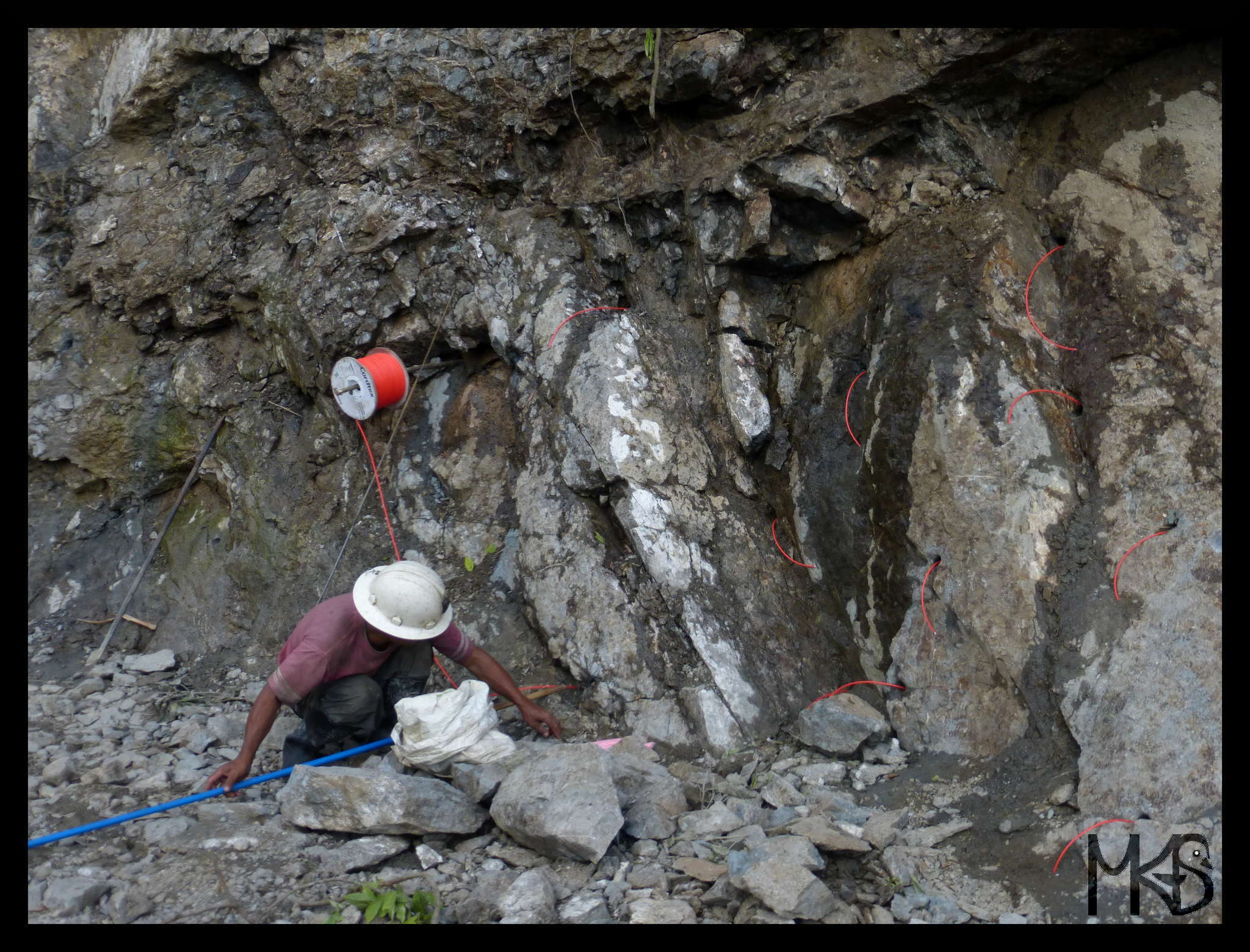
When I was going to rice terraces in Banaue, I had “unexpected attractions”. People were building a road, and using dynamite to destroy some rocks. I have to say, it was first time in my life, seeing something like that (today’s photo). It was interesting to observe it, but also a bit scary while hearing the explosions…
Philippines – Getting to Banaue
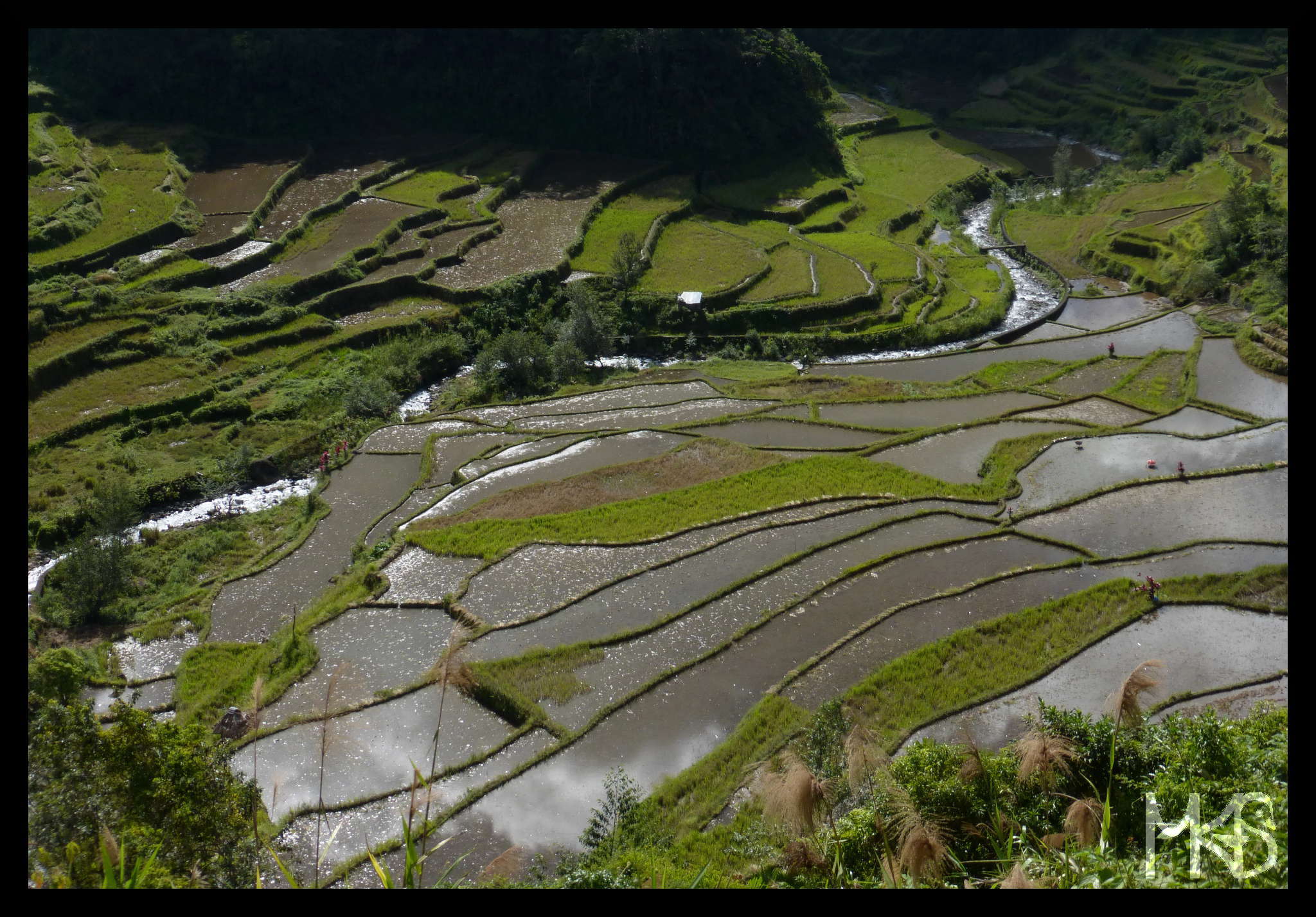
When you want to visit Banaue, be aware, that you may have to walk a bit (or a bit more). I guess, it depends on the weather conditions, e.g., strong rains or landslides can make the path more complicated. When I was there, the road was under construction, so our walk was even longer than usual.
Philippines – Bulul
Philippines – Banaue
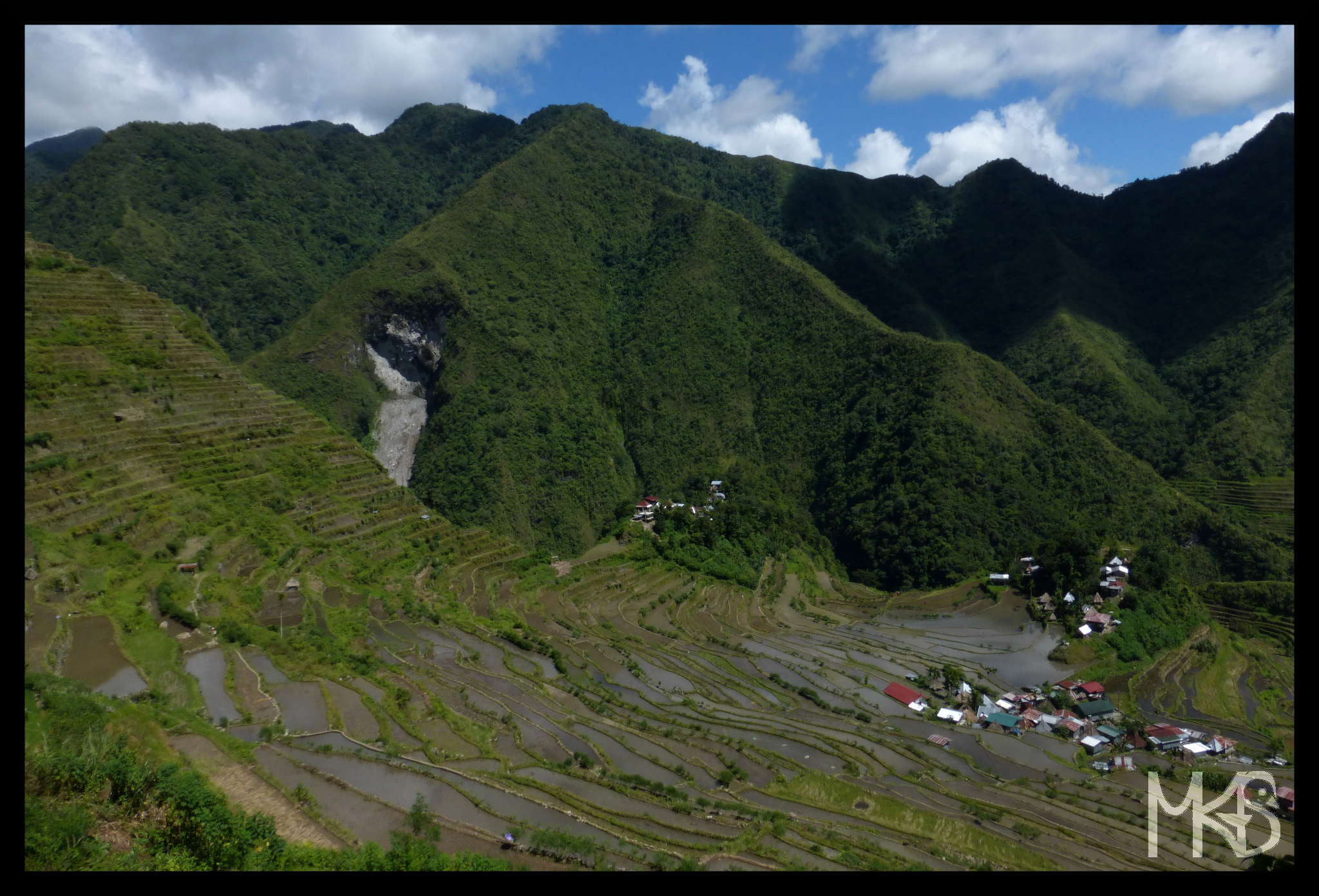
Banaue or the Batad Rice Terraces and Bangaan Rice Terraces is an amazing site with rice terraces, listed as the UNESCO World Heritage Site.
Some people even say, that it’s the most beautiful place in the Philippines. I’ll show you my favorite site soon, it’s not Banaue, but Banaue is definitely a must-see in the Philippines.
Philippines – Manila
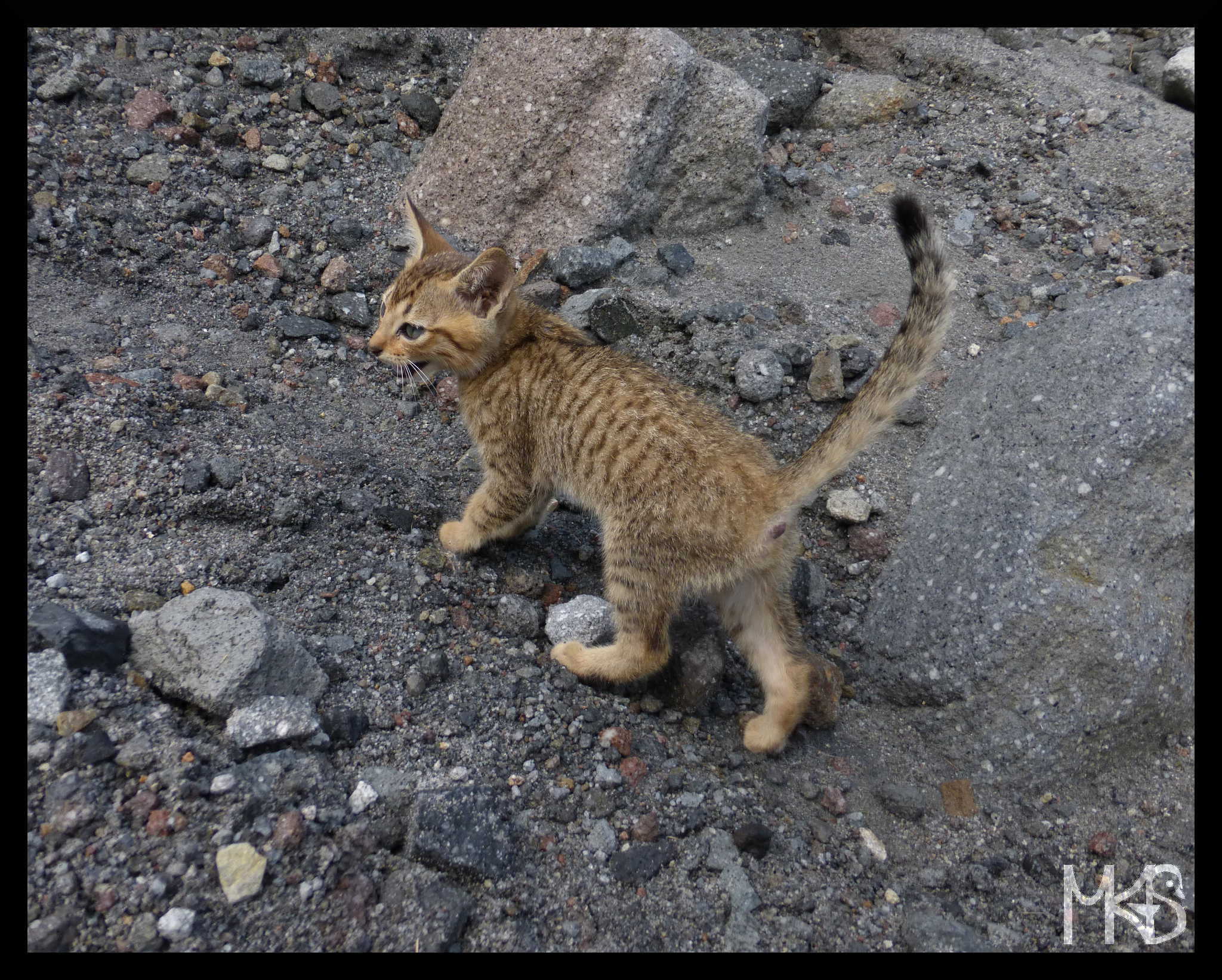
Manila is the capital of the Philippines and it’s its the most populous city.
I guess, the majority of tourists enter the Philippines in Manila and then visit the capital.
I didn’t have so much time in Manila, however from that what I’ve seen, I wasn’t really impressed. But, it’s a good starting point for many trips.
